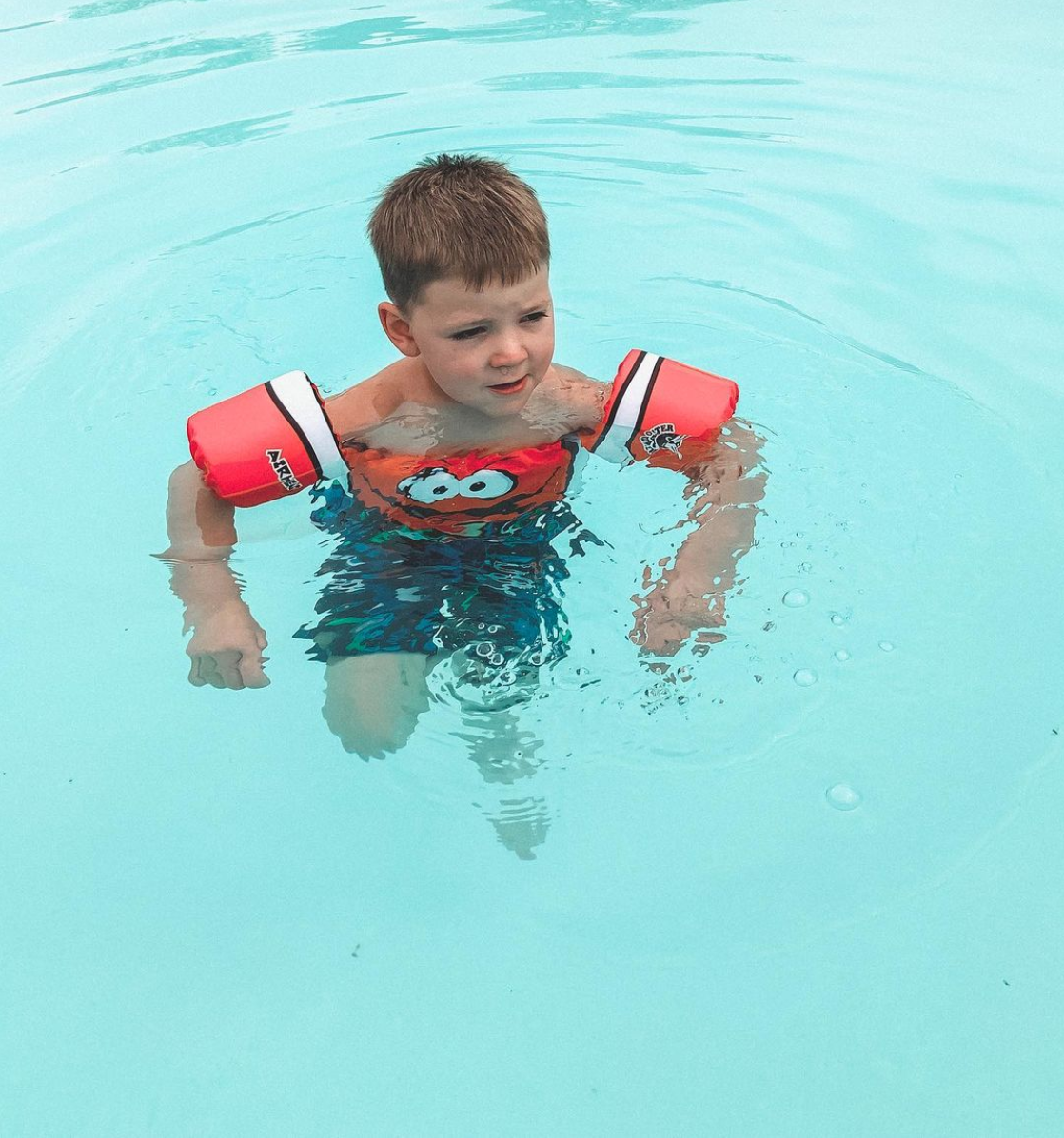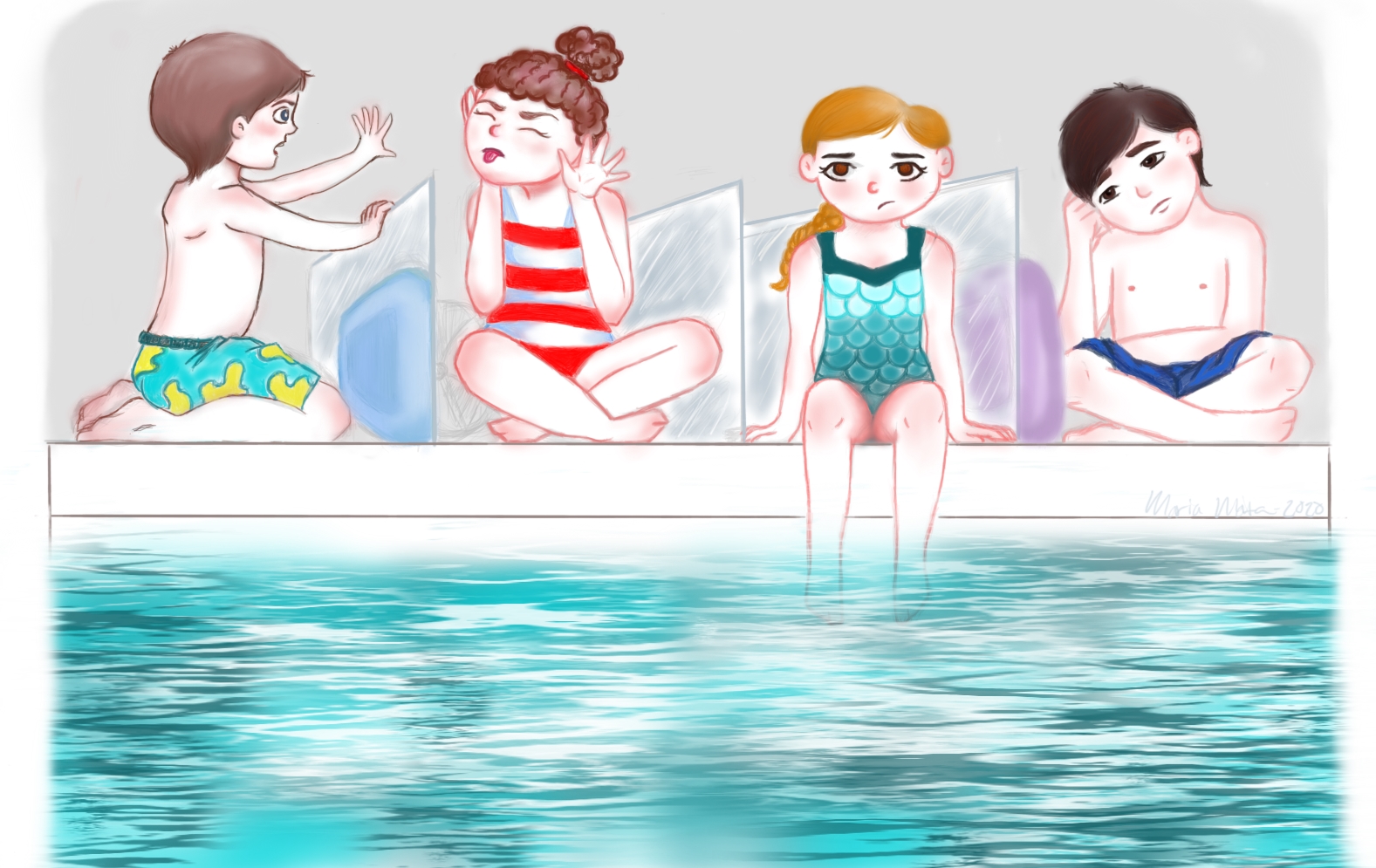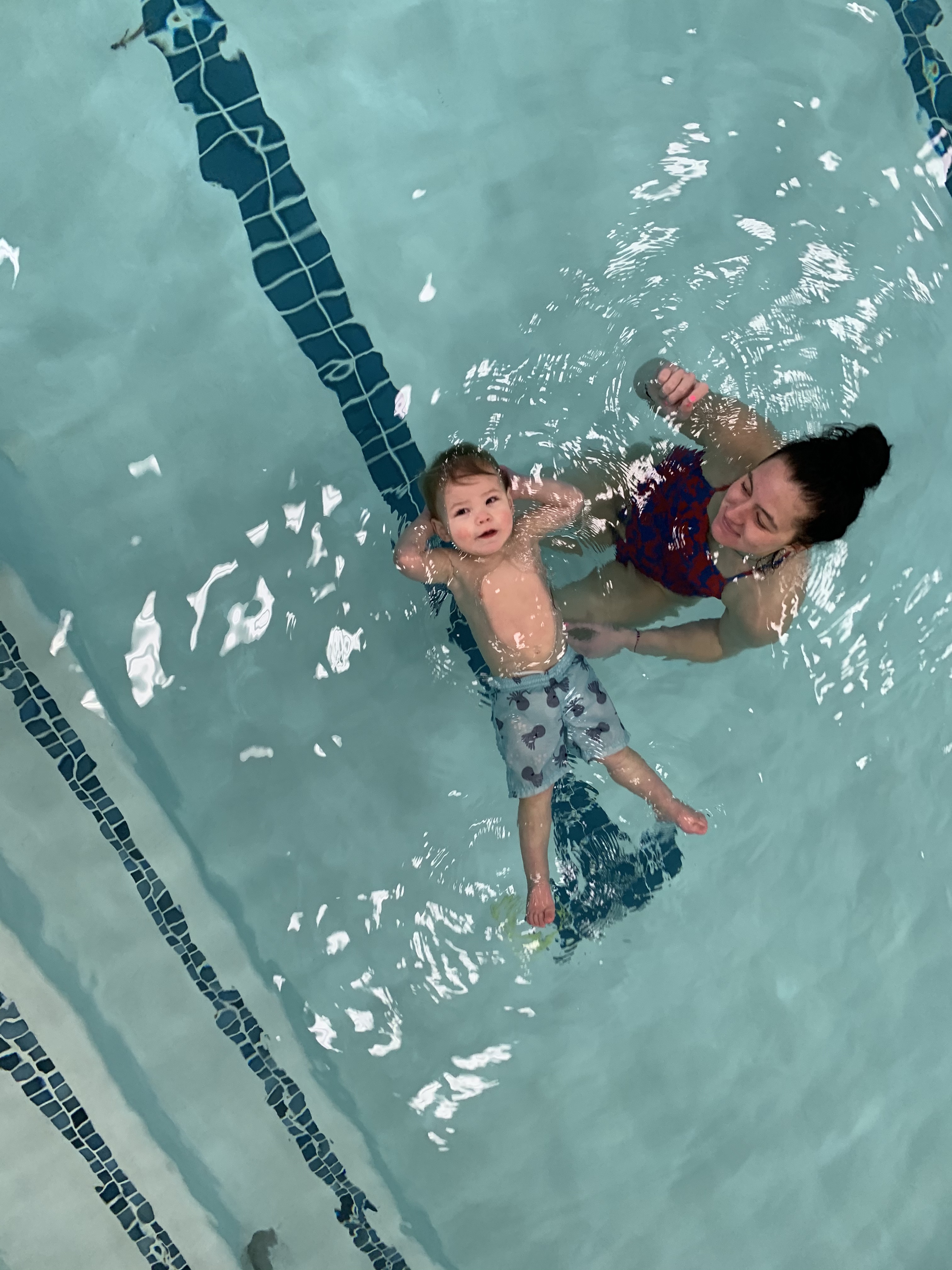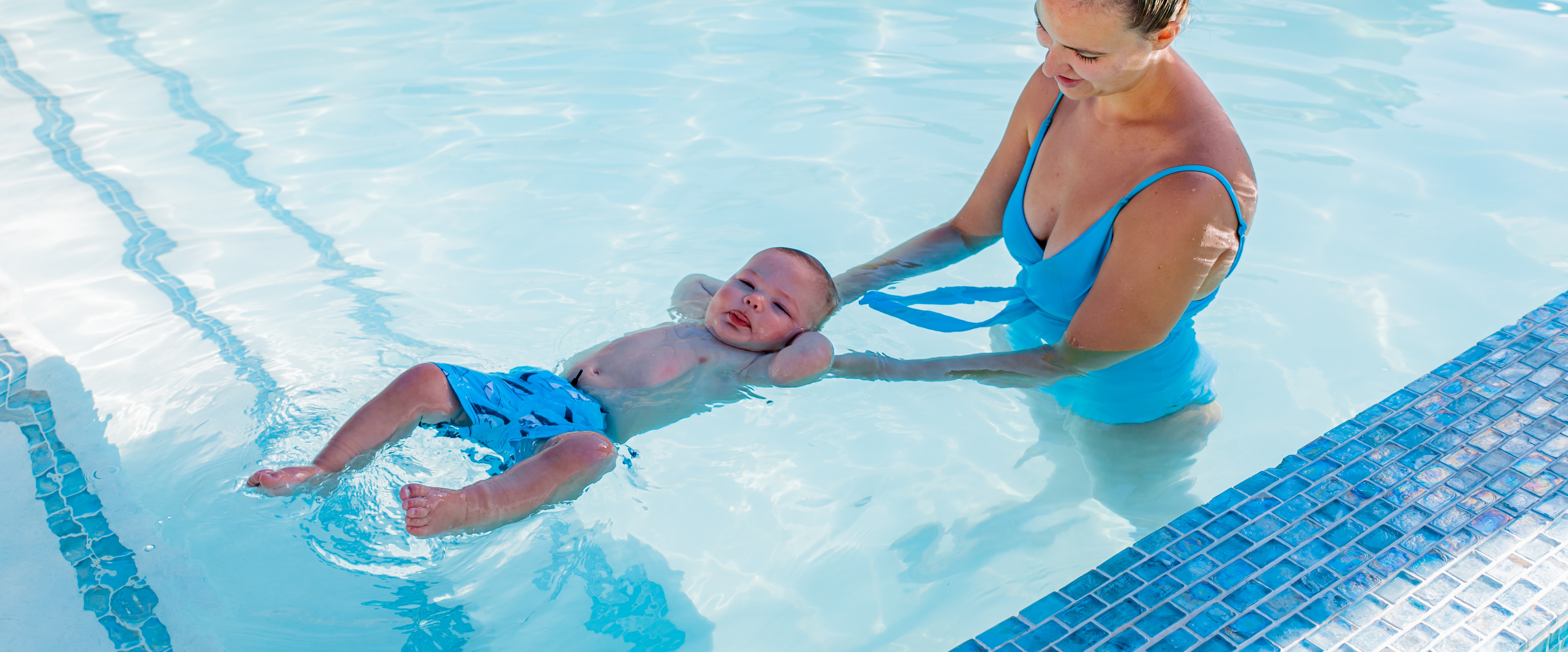Do you remember when you learned how to swim? Was it swimming lessons? Maybe Aunt or Uncle was a lifeguard and helped teach you when you were young? Were you just thrown in the pool and told to figure it out? (Let us know in the comments how you learned how to swim)
Swimming lessons use to be a lot like that, getting thrown into the pool and hoping your instincts would kick in so you could doggy paddle to the side.
Once you did that, you could swim and all of a sudden had full reign of what to do at the local public pool! Well thats not the case these days.
For the past decade drowning has remained top of the charts for what is taking the lives of our children.
*Attached CDC & WHO articles below
We now know and believe survival swimming can and should be taught as early as 4 months old.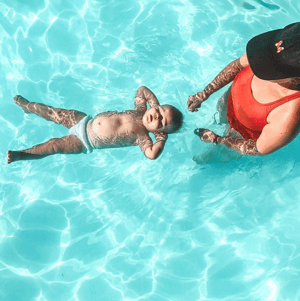 Infants showing off their survival skills is all over social media in todays society, but how is it that these little ones got to this point?
Infants showing off their survival skills is all over social media in todays society, but how is it that these little ones got to this point?
The foundation of swimming begins with 4 skills: breath control in the water, floating on your back, swimming horizontally on your stomach, and coming up from a depth. These 4 skills can be taught to babies and when they are introduced early on in life they become life saving tools for our children in the water.
I often get asked how an infant can learn these skills before they are walking or even talking... Its all muscle memory! How do they learn to eat or walk? Repetition and consistency. And thats how we teach them to swim, we physically help them move through the water using these fundamental principles.
Seems simple enough right?
Well... no, babies only way of communicating at this stage in life is by crying and let me tell you from first hand experience, that is NOT easy to step back and let a stranger work with your little one if they begin crying during a swimming lesson. 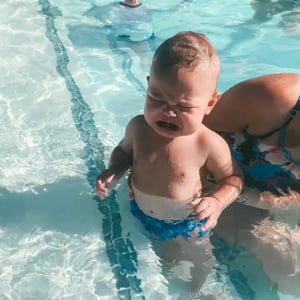 *Take my husband for instance, he can't watch our kids do lessons even though all of them are completely safe and comfortable in the water. It can be very uncomfortable at the beginning.
*Take my husband for instance, he can't watch our kids do lessons even though all of them are completely safe and comfortable in the water. It can be very uncomfortable at the beginning.
That is completely normal to feel that way! As parents, crying is an alarm to us, something is wrong and we need to fix it. Now from a survival swim instructors view that is something we label as normal. Why? Well we are strangers that are working directly with your baby. So until they begin to recognize us, that crying will continue. Another reason is the uncertainty of what the water is, they are physically navigating a brand new environment. And one of the biggest contributors to a child crying is part of their personality. Some are timid, while others are very stubborn. Once we get to know them and understand their unique personality and learning style we will be able to better help them. Once they learn to overcome their crying swimming lessons become more exciting and fun because they can now trust themselves to do what is needed.
Through out the years, the best relationships I've built with my clients and their children all came because of great communication. Any time I met a new family I really wanted to set the expectation of an open line of communication between both of us.
"the best relationships came because
of great communication"
Not only does this help us personalize the lesson to your child but also helps reassure you as the parent who is accompanying your child on this journey. Remember those instafamous babies you see swimming like champs? They didn't get there from just one lesson. It was weeks and months of time at the pool, trust in the process and communication between what the parents goals were for their baby and how they were going to reach that goal. When you start a baby in swimming lessons you are giving them the ability to save their own lives, the skills your child will learn with us will transfer over into a lifetime of fun in the pool! Independence, confidence and safety!
International Drowning Statistics: https://www.who.int/news-room/fact-sheets/detail/drowning
US Drowning Statistics: https://www.cdc.gov/homeandrecreationalsafety/water-safety/waterinjuries-factsheet.html
